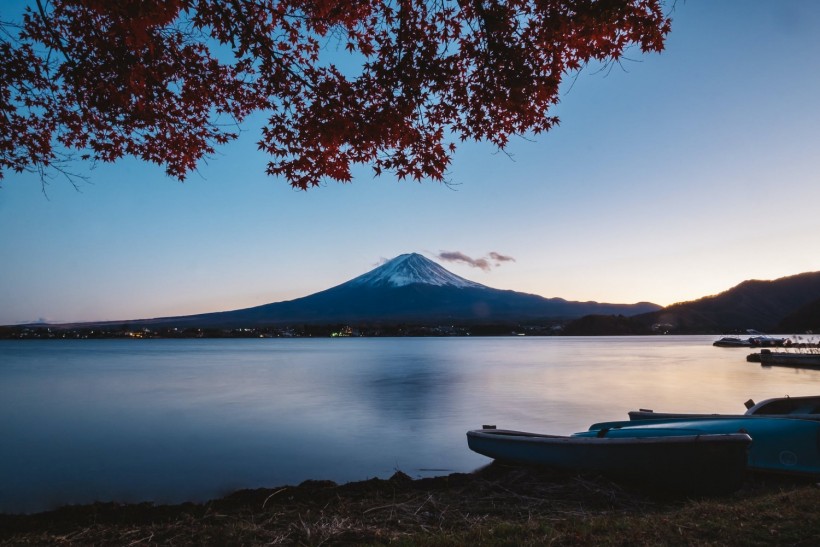Earthquakes were found to have jolted Noto Peninsula in Japan because of the fluids coming from an extinct volcano.
According to scientists, the swarm of earthquakes has been hitting the area for three years.
Previous studies have indicated that the volcano had no activity in the area for around 15.6 million years or the Middle Miocene period.
However, according to a Live Science report, experts have discovered that some liquid magma was still moving deep below the surface of an ancient and collapsed caldera.
Swarm of earthquakes
The latest study stated that the swarm of earthquakes began in 2019. Experts investigated the cause of the earthquake swarm using the specific earthquake locations and seismic reflectors.
"We find that the earthquakes moved from deep to shallow depths via many planes, similar to earthquake swarms near volcanoes. The strongest Magnitude 5.4 earthquake occurred near the migration front on the largest planar structure," results of the study stated.
According to scientists, the current seismic activity is being affected by the fluids which were related to ancient and even the new hidden magmatic activity.
The results of the study have shown that the hidden magma-induced structures and fluids can generate earthquakes, including the areas where no volcanic activity have been observed for more than ten million years.
Based on the observations, a systematic upward migration of earthquake hypocenters through multiple planes, which are similar to the earthquake swarms in volcanic regions, could possibly reflect the movement of fluid from deep to shallow depths.
Experts concluded that a deep S-wave reflector located near the seismicity initiation point and above the low-velocity anomaly could actually represent a fluid source.
Moreover, they said the significant surface deformation that was imminent during this swarm was brought by aseismic deformation activated by fluid migration.
Based on their monitoring, the earthquakes have originated 12.4 miles or 20 kilometers deep in the crust, before these gradually migrates to shallower depths.
Researchers noted that this observation has been consistent with fluid ascending through an existing network of faults.
They also said that the location of the earthquake's epicenters occurred in a circular pattern, which then suggested a ring-like structure to this fault network.
This could mean an ancient and collapsed caldera from a volcano that is now extinct.
Read Also: Tsunami Alert Issued After Magnitude 7.3 Earthquake Struck Fukushima in Japan
Major earthquakes, tsunamis
Meanwhile, a report on Asahi Shimbun warned that major earthquakes would continue to strike the Noto Peninsula.
Professor Naoshi Hirata advised that residents of the Noto Peninsula region should prepare and be ready with the earthquakes that has high intensity and could bring damage in the future.
Hirata said residents should take into consideration the possibility that an earthquake of seismic intensity at the six-level could arise or take place over the course of the next months or even several years.
The earthquake that jolted under the sea north of the Noto Peninsula on May 5 had triggered the occurrence of tsunamis of ten centimeters off the city of Suzu in Ishikawa Prefecture, which was reported to be the hardest hit municipality in the quake.
Related Article: 6.2 Magnitude Earthquake in Japan: No Tsunamis And Casualties Reported
Related Video:
© 2024 NatureWorldNews.com All rights reserved. Do not reproduce without permission.


![Tsunami Hazard Zones: New US Map Shows Places at Risk of Flooding and Tsunamis Amid Rising Sea Levels [NOAA]](https://1471793142.rsc.cdn77.org/data/thumbs/full/70325/280/157/50/40/tsunami-hazard-zones-new-us-map-shows-places-at-risk-of-flooding-and-tsunamis-amid-rising-sea-levels-noaa.jpg)



